The comedian and the community revolt: Keegan-Michael Key’s new oceanfront mansion on Fire Island raises residents’ ire
Actor’s plan to demolish two historic cottages on Fire Island to build a multi-million dollar waterfront mansion is not endearing him to his new neighbours, Bevan Hurley reports

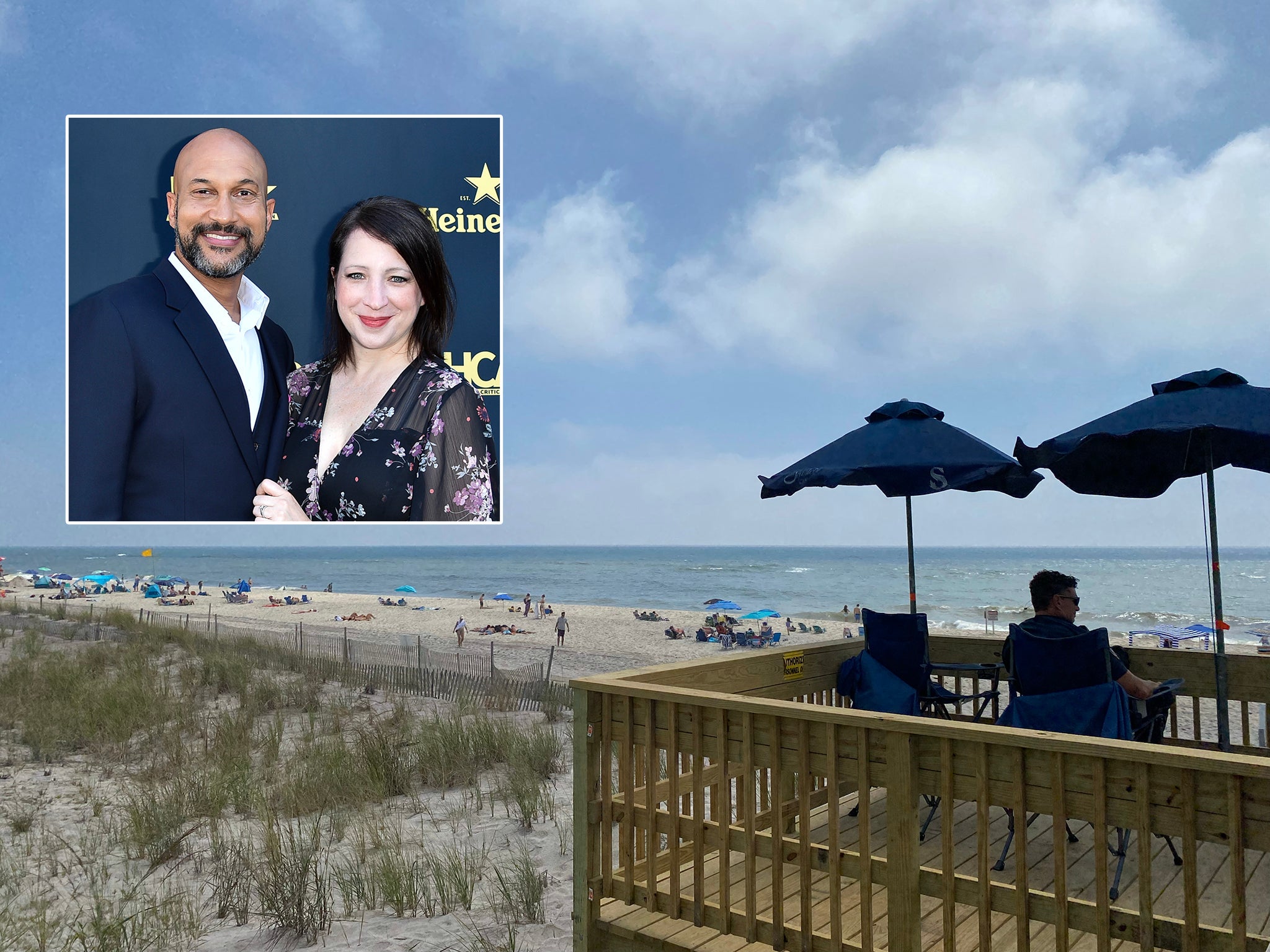
Your support helps us to tell the story
From reproductive rights to climate change to Big Tech, The Independent is on the ground when the story is developing. Whether it's investigating the financials of Elon Musk's pro-Trump PAC or producing our latest documentary, 'The A Word', which shines a light on the American women fighting for reproductive rights, we know how important it is to parse out the facts from the messaging.
At such a critical moment in US history, we need reporters on the ground. Your donation allows us to keep sending journalists to speak to both sides of the story.
The Independent is trusted by Americans across the entire political spectrum. And unlike many other quality news outlets, we choose not to lock Americans out of our reporting and analysis with paywalls. We believe quality journalism should be available to everyone, paid for by those who can afford it.
Your support makes all the difference.A string of new mansions being built on New York’s Fire Island is stoking simmering tensions among long term residents who fear the resort is becoming overrun with property speculators and developers.
Many of the 400 “year-rounders” who live in the island’s unofficial capital Ocean Beach are upset that traditional cottages and 200-year old trees are being torn down to make way for gleaming new properties with swimming pools.
“These gigantic, monstrous homes”, as one resident described them at a village council meeting in July, are threatening the island’s delicate ecosystem and being rented out for booze-fuelled parties, critics say.
“I’m not against progress or more efficient homes,” another local told the meeting. “But we’re really losing community. We’re really losing something.”
Among the new arrivals raising locals’ ire is comedian and actor Keegan-Michael Key, who has purchased two cottages on neighbouring sections overlooking Ocean Beach with his wife Elle.

The Key and Peele actor bought his first property for $1.88m in December last year, property records show. Built in 1970, it was the first time the cottage had been on the market since 1996. It has since been removed and the section currently sits empty.
The property is understood to have been left damaged in Hurricane Sandy in 2012 and the couple had been told it would need to be rebuilt.
The couple then bought a historic cottage dating back to 1910 on an adjoining section for $1.55m in March.
The couple have lodged plans with the village’s planning board to remove the second property, and build a gleaming new residence in its place.
The combined 7,840sq ft section sits on a prime location just off one of the island’s main thoroughfares between the beach and the bustling commercial district, where hundreds of day trippers and vacationers arrive each day over summer on the ferry.
The Independent was told Key’s property plans were not available for public release, and that they were awaiting further paperwork before they could be approved.
The couple have longstanding ties to the island.
Ms Key grew up on the island, her father Paul Pugliese served as mayor of Ocean Beach in the 1990s, and her family have owned property there for generations.
At a board meeting of the Village of Ocean Beach on 27 August, residents complained about the erosion of their way of life and the new buildings they see as an ugly encroachment.

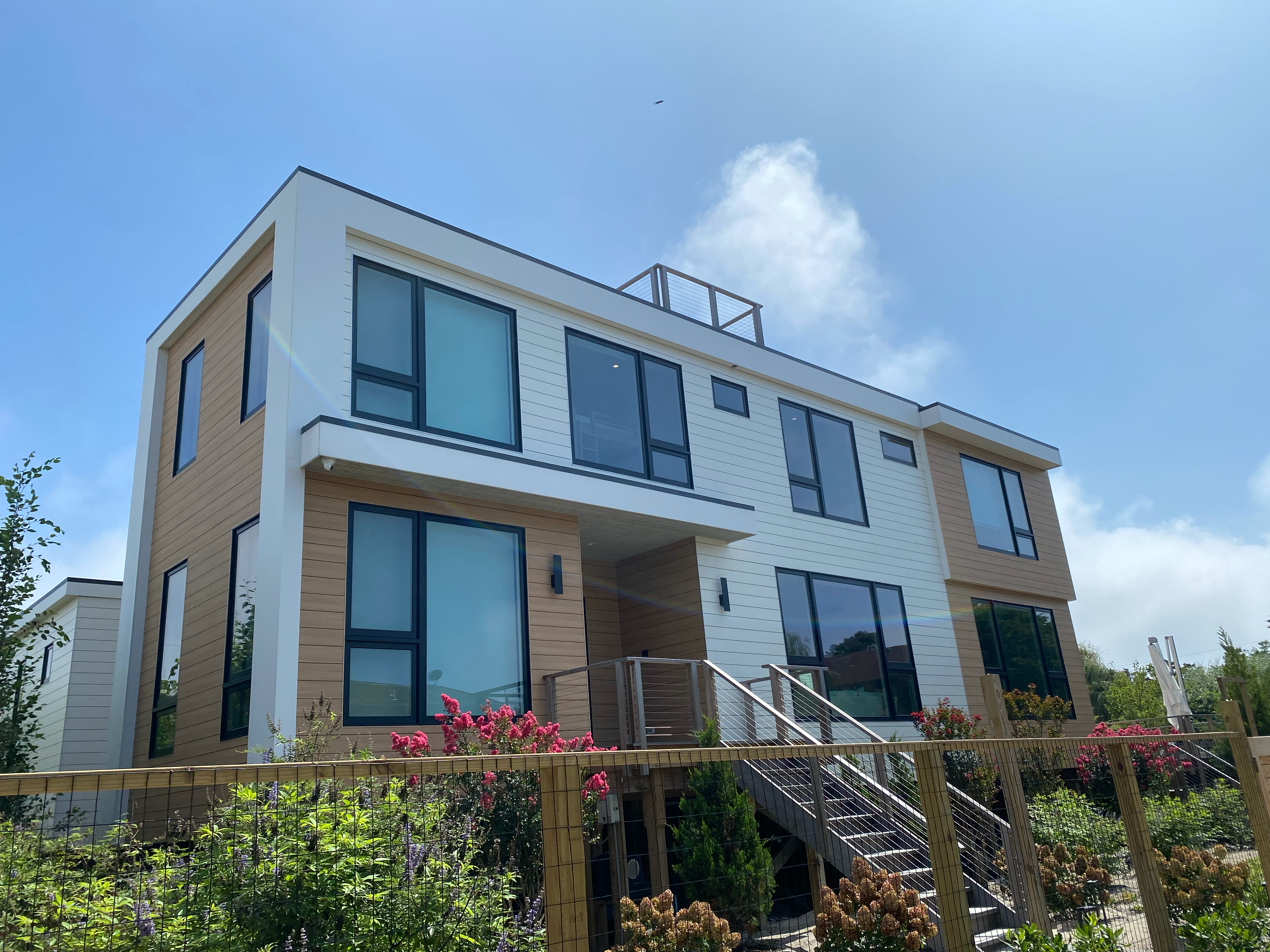
“The entire town is turning into one giant hotel,” a 30-year resident of Ocean Beach told the meeting.
“Trees are coming down and the houses are going up. I saw a woman literally cry when they pulled down a 200-year-old willow tree.”
In a village known as “the land of No” for the labyrinth of local ordinances that ban everything from eating ice cream on the beach to going shirtless in the commercial district, locals are openly wondering: can’t we just ban big houses?
The Independent sought comment from Key’s representatives at United Talent Agency but had not had a response at the time of publication.
‘You don’t really get any crime’
Real estate agent Joan Woletsky recently sold a beachfront property near Ocean Beach for $5.25m – a record on the 32-mile barrier island that shields parts of the Long Island coastline from hurricanes and storms.
She told The Independent property prices had increased by about 25 per cent on the island in the past year, as New Yorkers who may have been priced out of the Hamptons look for alternative locations for their second homes.
“I think when Covid hit, a lot of people wanted a second place to go to.”
She said the new mansions popping up around town were a reflection of the growing popularity of Ocean Beach.
“It’s a charming little town. There’s no cars, you don’t really get any crime, kids go riding their bikes without any supervision. And if you need to get into the city it’s a 30 minute ferry ride, and an hour on the train,” she said.
“There are those wanting to preserve things the way they are. Unfortunately it doesn’t work that way.”
Older properties at Ocean Beach are typically modest two to four bedroom, wood-panelled single storey homes, often with outdoor showers.
They are dwarfed by the newer multi-storey properties on larger sections. Several are under construction on the island.
A brand new four bedroom, five bathroom multilevel property with a swimming pool and a massive wraparound mahogany deck is currently for sale with an asking price of $2.99m.
“If you’re going to build another house you should have to make it fit in,” one resident of 20 years told The Independent.
The woman said many of the new mansions were being rented out on Airbnb and attracting wealthy “transients who don’t really respect our beaches”.
“This is where we live, it would be like someone coming and partying in your backyard and not cleaning up after themselves.”
Most rentals are snapped up well in advance over summer, and the market has shown signs of exponential increases in price. As of last week, a modest five bedroom beachfront property for a weekend in August was renting for around $1,500 a night, one of the few still available.
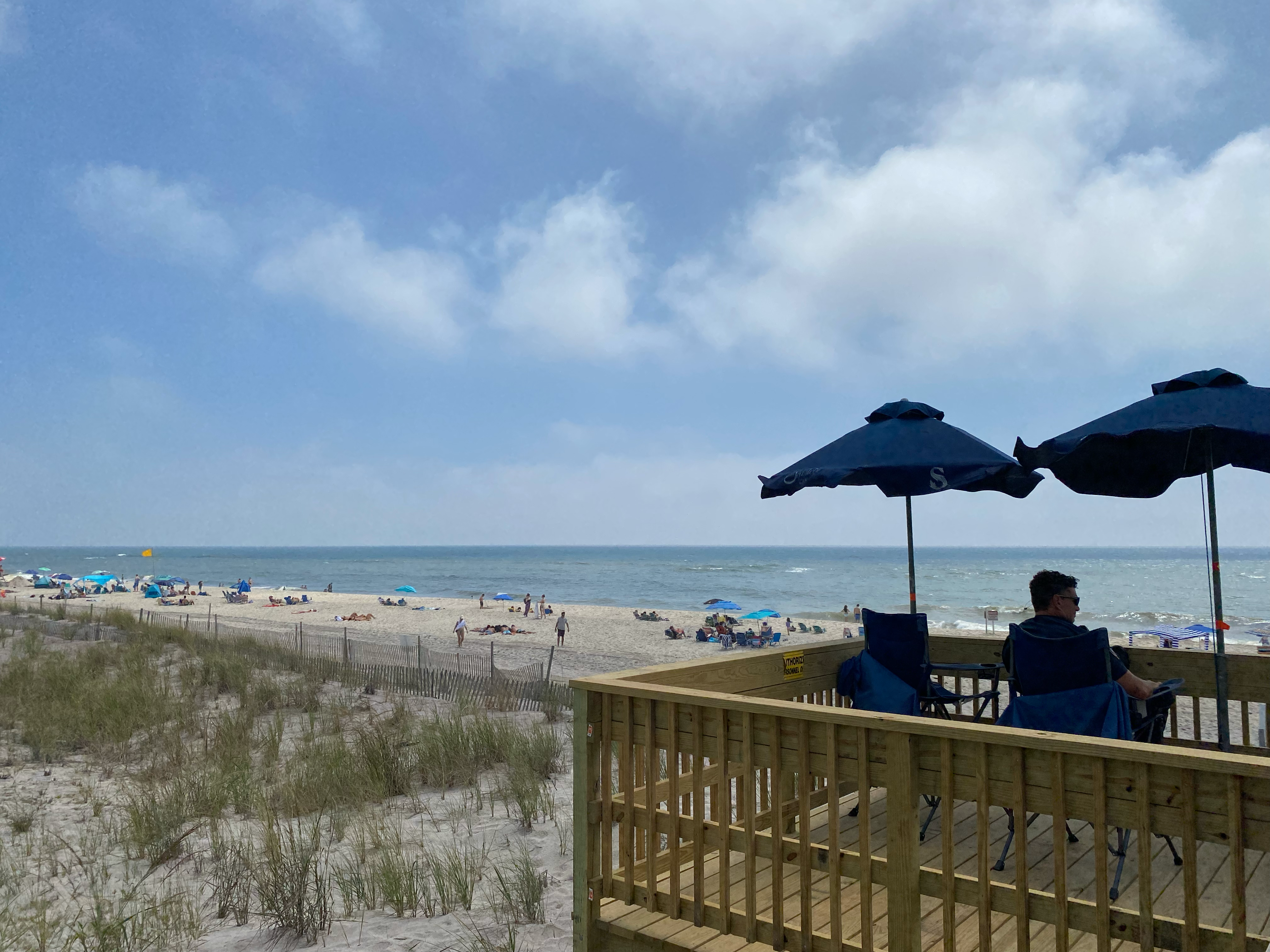
Residents complained that new builds were not being constructed in line with planning codes and inspections were not being properly carried out.
“Is there any reason to encourage or allow these large houses, given (their) environmental impact?” one resident asked at a village meeting in July.
“We’re seeing 200-year-old trees being torn out and … old cottages torn down where our families used to live and giant places for a bunch of weekly renters.
“So I’m asking, is there any reason, and I can’t think of one, why we should not limit the absolute size of the house?”
‘The land of No’
The town’s official website states that Ocean Beach “combines the allure of a resort with a casual atmosphere and the safety of a lost age”.
While promoting a relaxed and welcoming vibe, town officials enforce strict rules on the tens of thousands of tourists who visit each year.
No eating or drinking anything other than water from plastic bottles is allowed on the beach, and no alcohol can be consumed in public places.
The influx of renters, day trippers and unsupervised teenagers who don’t respect the rules is also having an unsettling effect on cleanliness and law and order in the town, according to local police.
“The kids that are coming out here, I’ve never seen in my 30 years of coming out here,” Ocean Beach Police Department chief George Hesse told the village board on 27 August.
“They’re here all day, they’re doing nothing but causing havoc here. They’re drinking, littering, playing their radios as they’re going down the street. And if anybody says anything you get a finger or an F U,” he said.
“It’s killing us this year.”
Mr Hesse said the emergency services had been run off their feet with everything from shark attacks to fires.
The police chief said he had also been kept busy writing tickets for “non-compliant garbage cans”.
“We’ve written at least 150 of them already,” Mr Hesse told village officials.
Despite the village’s “land of No” moniker, police say more action was needed to address lawlessness.
Village officials agreed at their monthly public meeting on Saturday that a more “draconian” solution might be required.
Banning unsupervised minors and instituting a curfew on the beach were both on the table.
Over the busy summer months when cars are banned, vacationers pack out the bars and restaurants of the village’s main thoroughfare on the bay side of the island.
Visitors pull the ubiquitous little red wagons packed with beach supplies, water bottles, foldable beach chairs and umbrellas down the narrow lanes that bisect the island.
Wild deer snack on foliage in the narrow lanes, unperturbed about passersby.
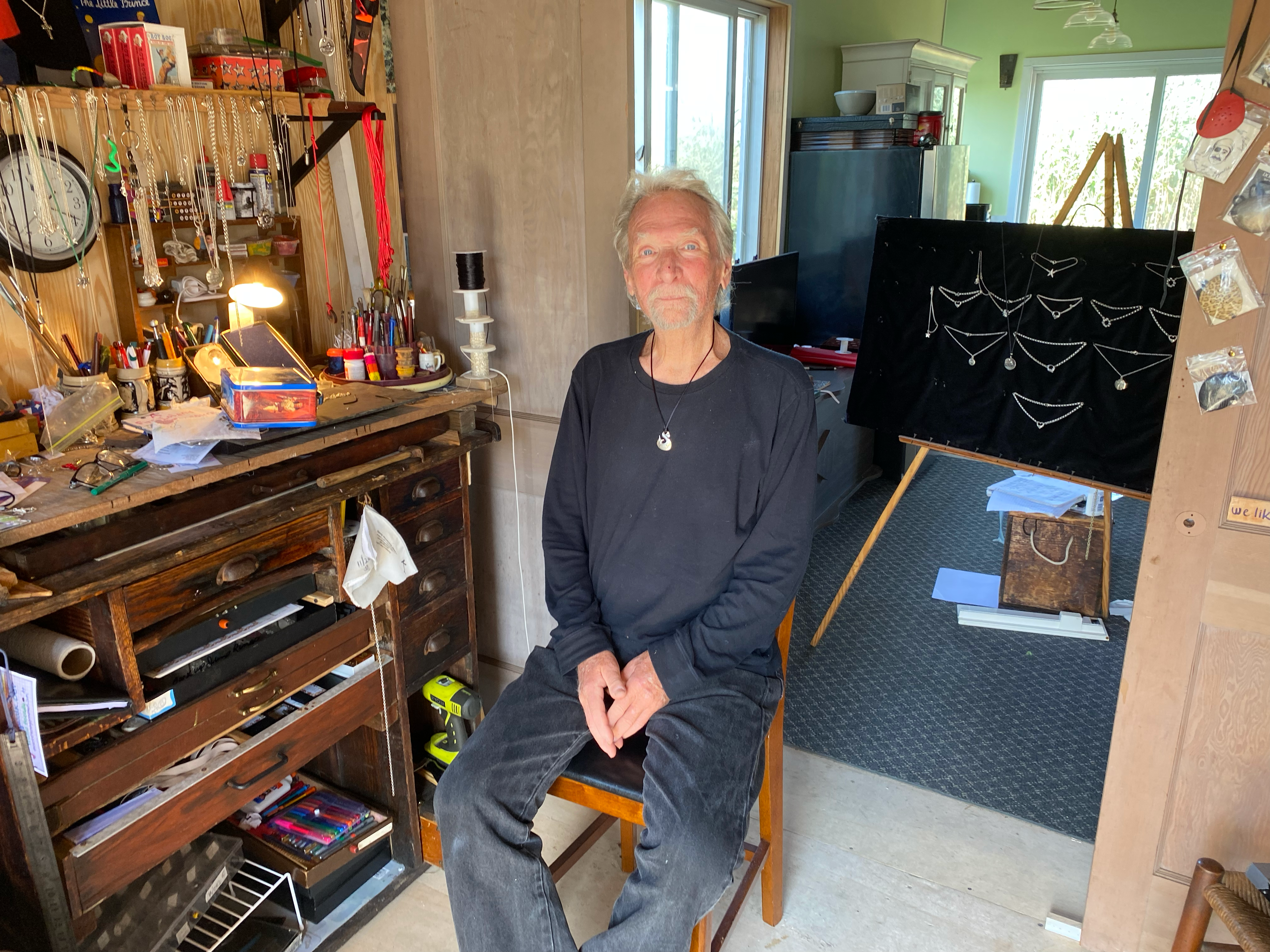
Artist Kenny Goodman, who has sold artisanal jewelry on the island since moving there in 1968, said residents had long been resistant to change.
“The people who came out in the 30s and 40s weren’t crazy about the people who came out in the 60s and the 70s. But they built their homes anyway,” he told The Independent.
“One second after new people get their new home, they put a line in the sand and say ‘now there’s enough people here’.”
He recalls there being a vigorous debate about whether to allow telephones to be installed soon after he arrived.
The “year-rounders” felt a particular ownership over the place, while holiday home owners whose taxes prop up the town’s coffers also feel they have a stake in how it’s run.
“Fire Island’s got a lot of facets, a lot of faces, serves a lot of different needs, and many of the different groups feel that they own it,” he said.
“The place and the people are evolving. It’s going to be different and I’m resigned to that.”
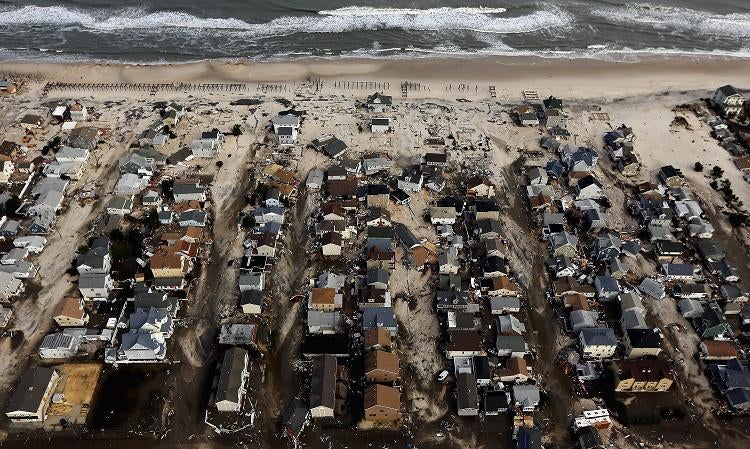
In 2012, Hurricane Sandy caused catastrophic damages to the island, as 10-metre tall surges flattened beaches, eroded sand dunes and washed away around 200 homes, according to a study by the US Geological Survey.
Many residents were forced to make the decision whether to repair, rebuild, or flood-proof their property by raising it or shifting it further inland.
A $170m federal grant helped to rebuild the island’s dunes, construct sand fences and plant vegetation that protects waterfront properties.
But residents building on the island are warned that any new development comes with an element of risk, as the threat of hurricanes is only increasing due to the effects of the climate crisis.
Flood insurance is expensive: a property currently listed for $800,000 at Ocean Beach advises it will cost $5,000 a year for coverage.
The barrier island forms a first line of defence for the mainland during hurricanes, and will bear the brunt of any future weather-related catastrophe.

Who is Keegan-Michael Key?
Key is a successful actor, comic and writer, and frequent collaborator with Jordan Peele, whom he met while both were coming up in the improv scene in Chicago in the 1990s.
The pair worked together on comedy sketch series MADtv, before creating their own Comedy Central series Key and Peele, which won commercial and critical acclaim for its hilarious skits that often shone a light on racial inequality in the United States. Key was nominated for two Primetime Emmy Awards for outstanding supporting actor in a comedy series
He played a Key and Peele character from the show, “anger translator” Luther, alongside President Barack Obama at the 2015 White House Correspondent’s Dinner.
He married his second wife Elle in 2018, and sold his apartment at the Herzog & de Meuron-designed 56 Leonard St in Tribeca for $5m in 2021.
This article was amended on 1 September 2022 to include the fact that one of the Keys’ properties had been damaged by Hurricane Sandy and that the couple have longstanding ties with the area.
Join our commenting forum
Join thought-provoking conversations, follow other Independent readers and see their replies
Comments